The Gold Sovereign was originally issued in 1817 during the reign of King George III. Since then, it has been manufactured annually.
The weight of the 22-carat gold Gold Sovereign is 7.98 grams. It is 1.52mm in thickness and 22.05mm in diameter. Source
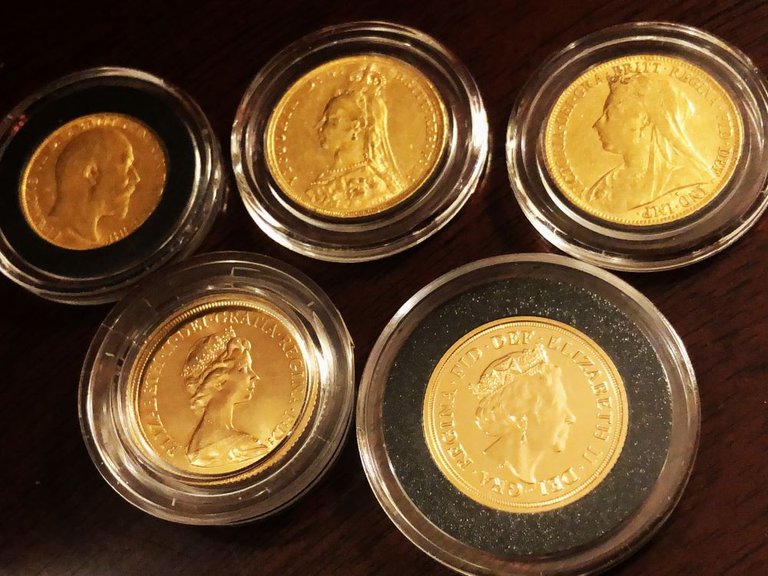
The British Gold Sovereign is classic bullion coin. It is popular coin among investors and stackers all over the world. The gold sovereign collection may gain value from the different commemoratives and special editions that have been released over the years in addition to the basic Sovereign.
A common selection for UK investors, the British Gold Sovereign is one of the few gold coins that are exempt from capital gains tax in the UK.
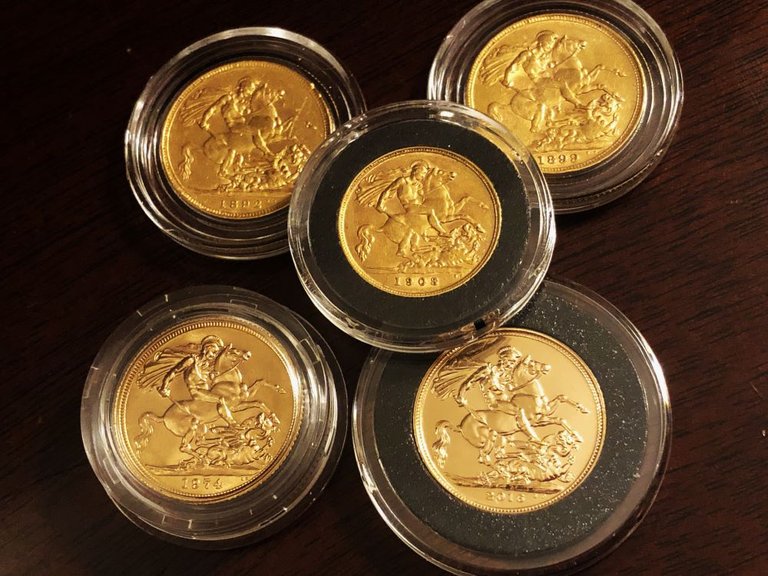
The Gold Sovereign has seen changes in appearance over time, but it has always had a picture of the current monarch on the obverse and a picture of St. George slaying the dragon on the reverse.
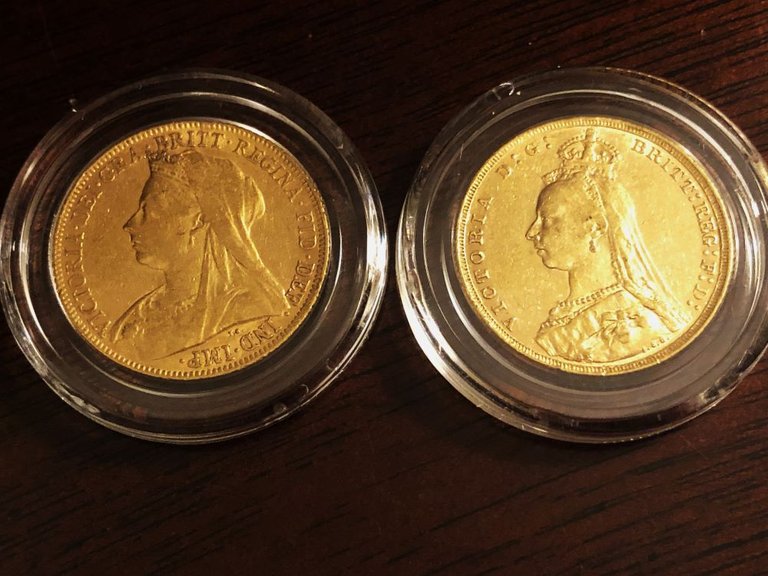
The Sovereign's obverse design often includes a picture of the current monarch, along with the monarch's name and title inscribed around the coin's edge. The design may change yearly, depending on the reigning monarch's image.
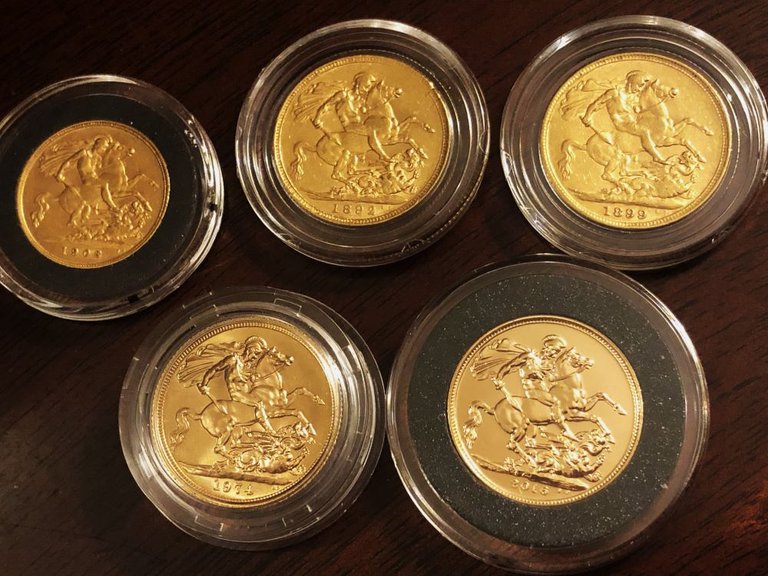
St. George, the patron saint of England, is depicted on the Sovereign's reverse side riding a horse and fighting a dragon. The phrase "GEORGIVS V DEI GRA: BRITT: OMN: REX FID: DEF: IND: IMP:," which means "George V by the Grace of God, King of all the Britains, Defender of the Faith, Emperor of India," is written around the design.
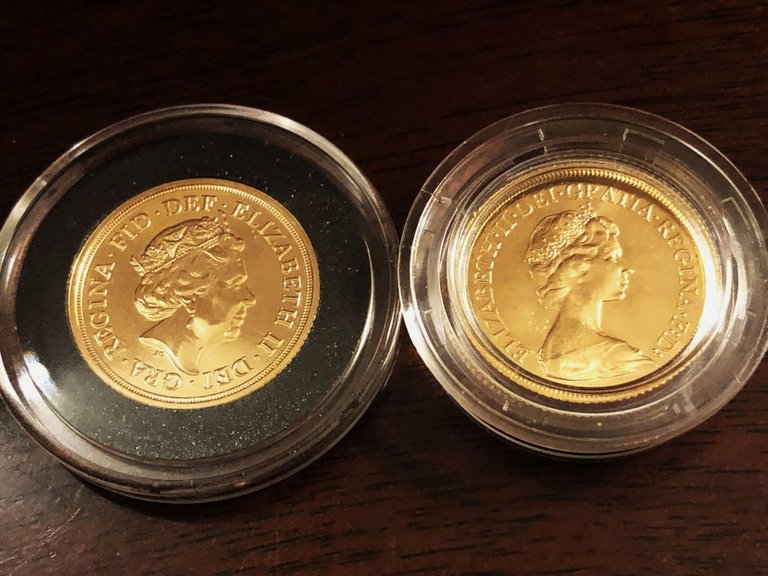
Over the years, a number of commemoratives and special editions with different designs or variations on the classic Sovereign design have been produced in addition to the original design. For instance, some special editions may include a different monarch or have a distinctive design to honor a particular occasion or anniversary, such as the one shown above left ☝️.
King Henry VII originally issued the Gold Sovereign in 1489 as a substantial gold coin worth 20 shillings.
During King George III's reign, the current Gold Sovereign was first launched in 1817. It was as a circulating coin in Britain and its colonies and had a face value of one pound sterling. The Sovereign's appearance has evolved over time, but it has always represented the strength of the British economy and monetary system.
The British government stopped producing Gold Sovereigns for circulation during World War I, but they were still made for foreign trade. The Gold Sovereign was no longer in circulation when the government ended the Gold Standard in 1971. It was still produced, nonetheless, as a bullion coin for investments.
The British Gold Sovereign also enjoys a special status in the UK as a coin that is accepted as legal currency. However, because of how much less its face value is than actual bullion worth, it is rarely utilized in regular transactions.
References
https://www.jmbullion.com/gold/gold-coins/british-gold-coins/british-gold-sovereigns/
https://www.apmex.com/category/16750/british-gold-sovereign-coins
https://en.wikipedia.org/wiki/Sovereign_(British_coin)
😍#ilikeitalot!😍
Gold and Silver Stacking is not for everyone. Do your own research!
If you want to learn more, we are here at the Silver Gold Stackers Community. Come join us!


Best Regards,
@silversaver888
I am not a financial adviser. This article is not meant to be financial advice. My articles on cryptos, precious metals, and money share my personal opinion, experiences, and general information on cryptos, precious metals, and money.
Thank you for stopping by to view this article. I hope to see you again soon!
I hope to see you again soon!


I post an article daily. I feature precious metals every other day, and on other days I post articles of general interest. Follow me on my journey to save in silver and gold.









